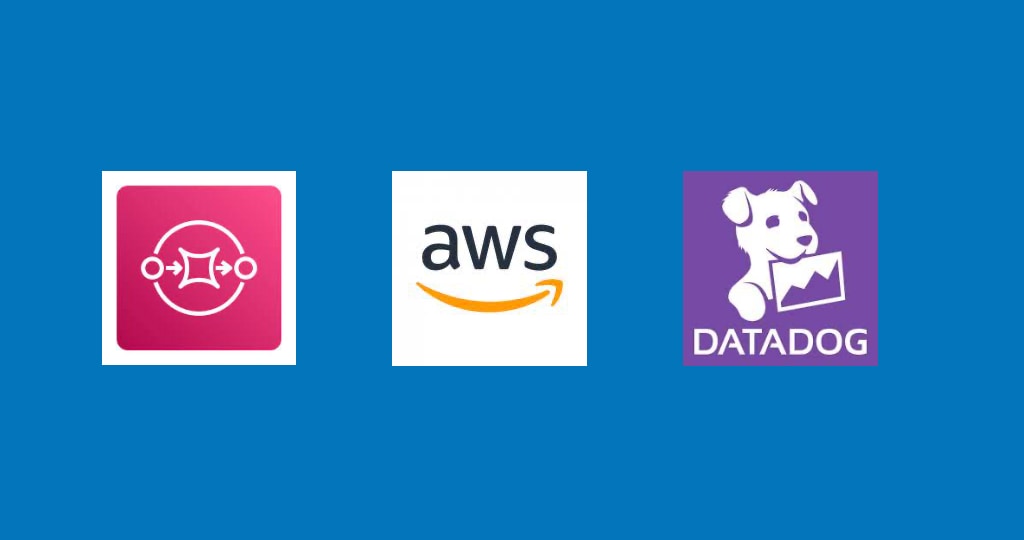Buckle up for this one as it’s going to be a lengthy piece. I love writing articles like this one because they contain complete infrastructure builds that highlight some best practices to put multiple components together and act as great starting points for people to use immediately. I’ve been working a great deal with containers lately and I kept finding it difficult to locate a working sample of building Blue Green with ECS and CDK. So I set out to put that together. Let’s get started.
Category: Infrastructure
Consuming an SQS Event with Lambda and Rust
I’ve been trying to learn Rust for the better part of this year. My curiosity peaked a few years back when I learned the AWS-led Firecracker was developed with the language. And I’ve continued to want to learn it ever since. Fast-forward and I’m jumping both feet in. That’s usually how I work. I must admit that right now, I’m the most noob of noobs, but that’s not going to keep me from sharing what I’m up to and what I’m learning. For me, this blog is as much about sharing as it is about learning and communicating to those reading that it’s OK to be where you are in your journey. There are no straight lines. Only periods of growth and plateaus. In this article, I’ll walk you through consuming an SQS Event with Lambda and Rust.
Monitoring SQS with Datadog
Event-Driven architecture paired with Serverless technologies are a powerful combo to build applications. But failure does happen and you should expect it to happen. Dealing with that failure is often done by dead-lettering messages into a Dead-Letter-Queue. But what do you do in order to monitor those queues? Most people start manually checking them or perhaps adding a CloudWatch Alarm that triggers an SNS topic. What I’d like to show you is a more advanced version of this monitoring through some code, constructs and AWS CodeSuite of tools. Say hello to monitoring SQS with Datadog.
AWS Step Function Versions and Aliases
Up until last week, when you deployed a new version of your State Machine in AWS Step Functions, the old version was gone and the ability to test or rollback was limited by your ability to re-push a previous commit. However, AWS has rolled out Step Function Versions and Aliases so that you can accomplish just those tasks. Creating a unique combination of a version and ASL gives you the ability to use things like Deployment Preferences to accomplish Canary or Linear-type deployments. In the below article, I’m going to walk you through Step Function Versions and Aliases.
Disclaimer
First up, I’m going to be using SAM to build the infrastructure. I think this is the first SAM-based deployment article I’ve written. I know this makes Allen Helton super happy. Second, I know the article from AWS says support for SAM and CDK, but they haven’t rolled this in as of the writing of this article. However, I’m using the SAM Nightly Builds and it does include the Transforms to make this happen. I could spend another few articles describing SAM and perhaps I will dig deeper later, but for now, here’s the AWS Docs on transforms.
Infrastructure as Code
Infrastructure as Code is an emerging practice that encourages the writing of cloud infrastructure as code instead of clicking your way to deployment. I feel like “ClickOps” is where we all started years ago when there weren’t any other options. The lessons learned from the inconsistency in human deployment were the genesis for the automation and power that comes from building your cloud stacks as code. Now, many start from IaC as the patterns and practices are well-defined. But instead of re-hashing those commentaries, I want to give you my opinions on why IaC decisions are more than about the tech. Infrastructure as Code is a shift of responsibilities that brings your teams closer together and will help establish a culture of accountability but it will come at a cost.
Golang Private Module with CDK CodeBuild
Even experienced builders run into things from time to time that they haven’t seen before and this causes them some trouble. I’ve been working with CDK, CodePipeline, CodeBuild and Golang for several years now and haven’t needed to construct a private Golang module. That changed a few weeks ago and it threw me, as I needed to also include it in a CodePipeline with a CodeBuild step. This article is more documentation and reference for the future, as I want to share the pattern learned for building Golang private modules with CodeBuild.
Custom API Gateway Authorizer with Golang
One of the nice things about building with Serverless is that you can design things in a way that the pieces are composeable. This means that you can put logic cohesively with other like-minded logic and then keep things loosely coupled from other components so that things are easy to change without being too fragile. When building an API, you often need an Authorizer of sorts to validate the token that is being supplied. In this article, I’m going to walk through building a custom API Gateway Authorizer with Golang.
Testing Step Function workflows Locally
If you’ve been following along for a bit, you know how much of a fan of Serverless I am. And even more specifically, how much I love Step Functions. If you have the problem of needing a highly available workflow coordinator, you can’t do any better than picking it as your tool of choice. However, I am also unapologetically a fan of local development. And this is one place where I feel that Step Functions falls a little bit. So follow me along on this epic towards being able to test Step Function workflows locally.
EventBus Mesh
I’ve been thinking about this topic a lot lately when bringing EventBridge’s EventBus into some applications. On the current projects I’m working on with existing code, I’ve said 100 times, if EventBridge existed when I started them, I wouldn’t have so much SNS->SQS based code lying around. But such is life when working in evolving tech. Enter the EventBus Mesh
Canary Deployment for AWS Lambda
In life, when working on anything, small and iterative changes give us the best opportunity for feedback and learning. And it’s through that feedback and failure even that we get better. The same thing can be applied to building software. Small, iterative and independent deploys help us as builders understand if we’ve built the right thing and architected it correctly to handle the conditions asked of it. A technique called Canary Deployment is a popular model and the article below will demonstrate how to perform Canary Deployment for AWS Lambda
However, when deploying more frequently, we also need to do it safely. Shipping unfinished or potentially risky changes can have a big impact on our user base. No one wants to be in the middle of using your software only to be interrupted by a bad change. While we can’t be perfect in our ability to predict the impact or blast radius of a change, we can make it so that if the deploy shows signs of not being good, we can roll that change back without the need for human intervention.










